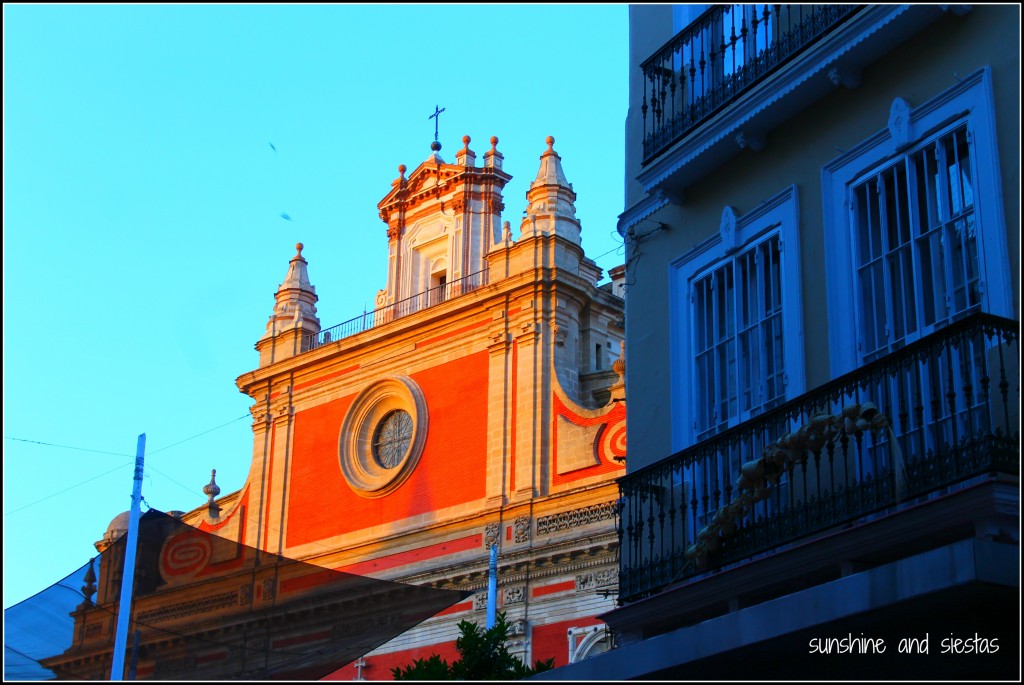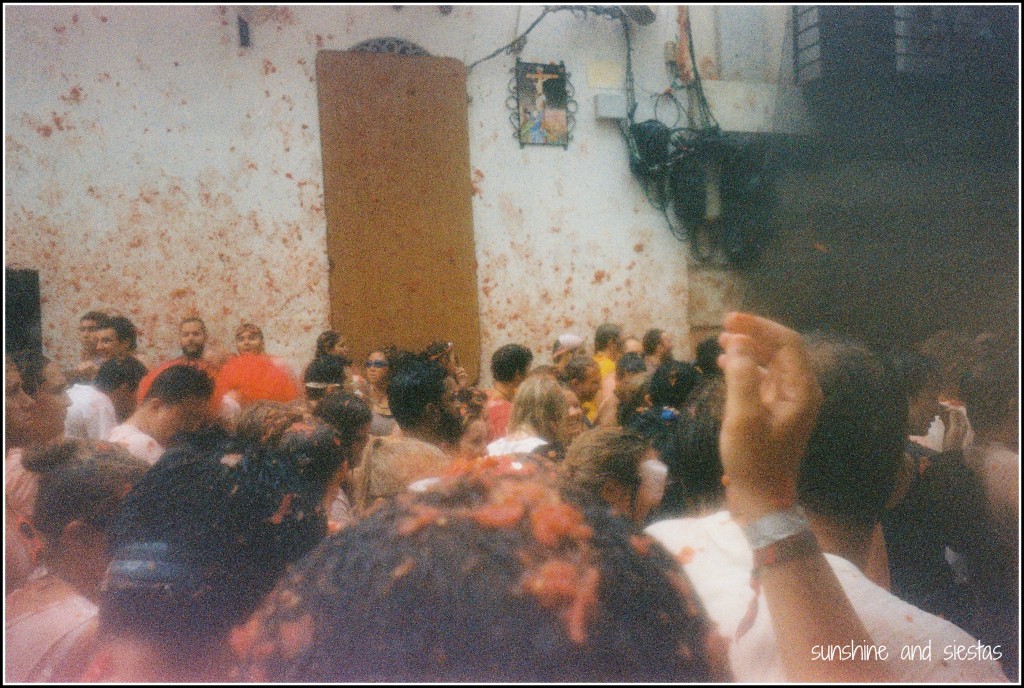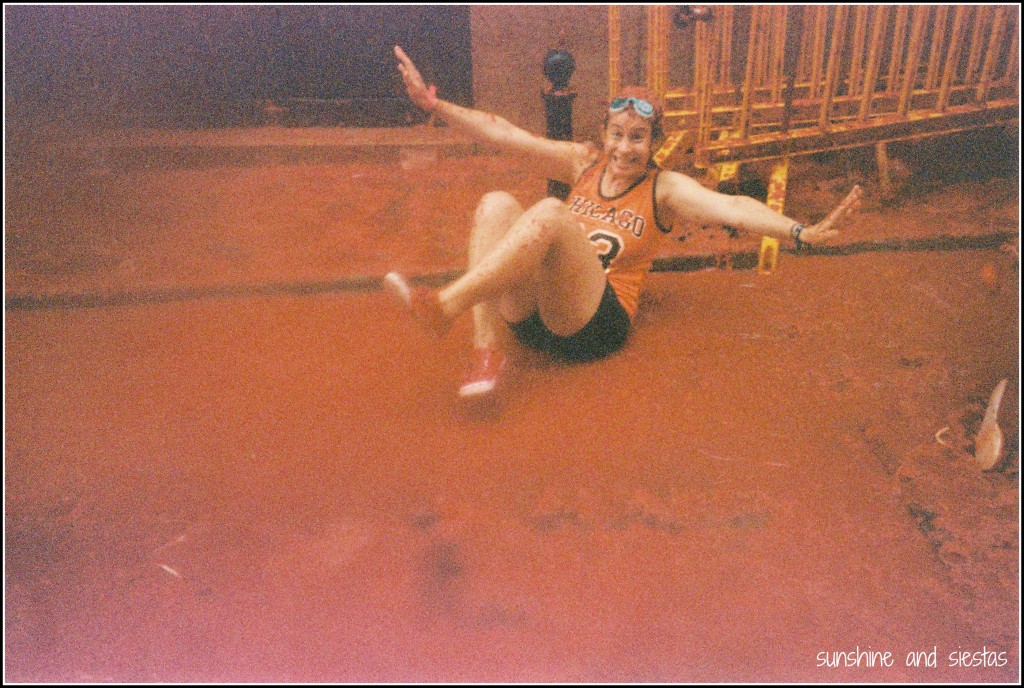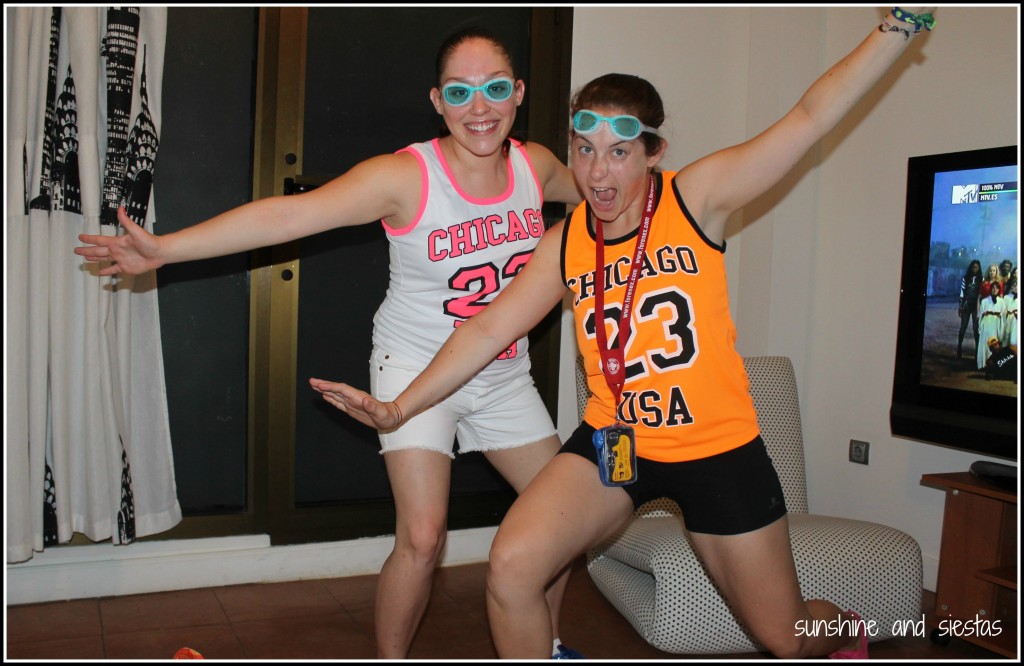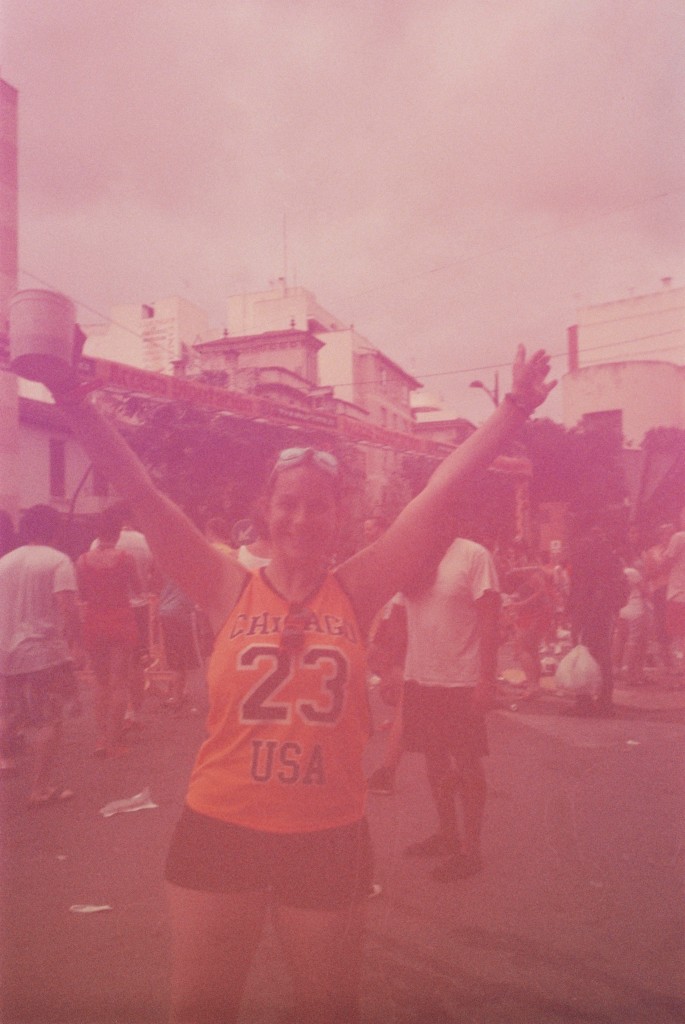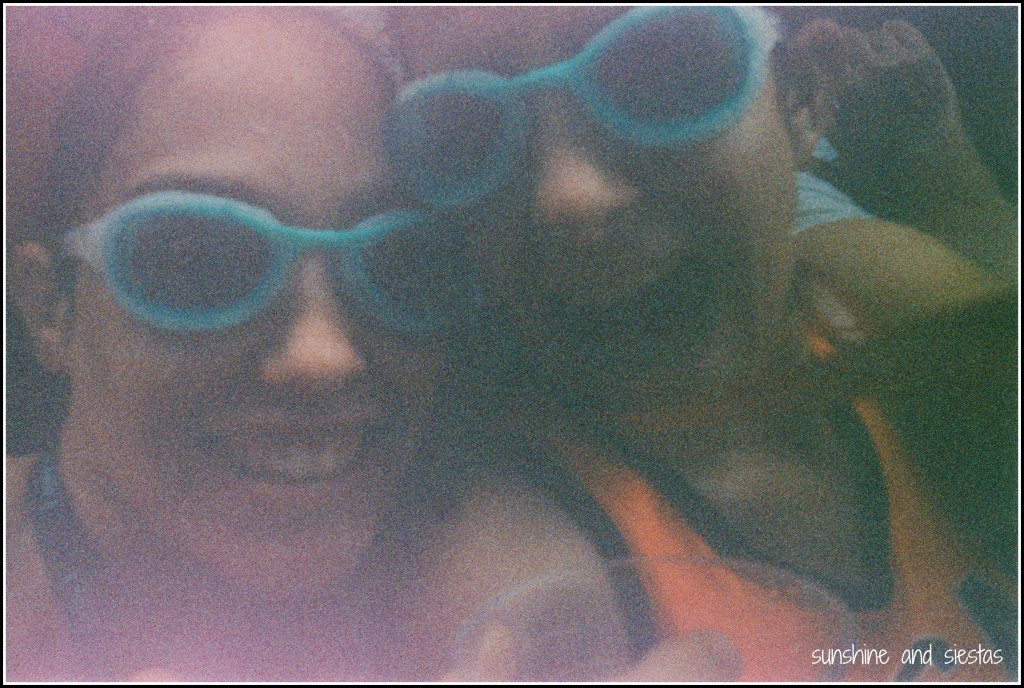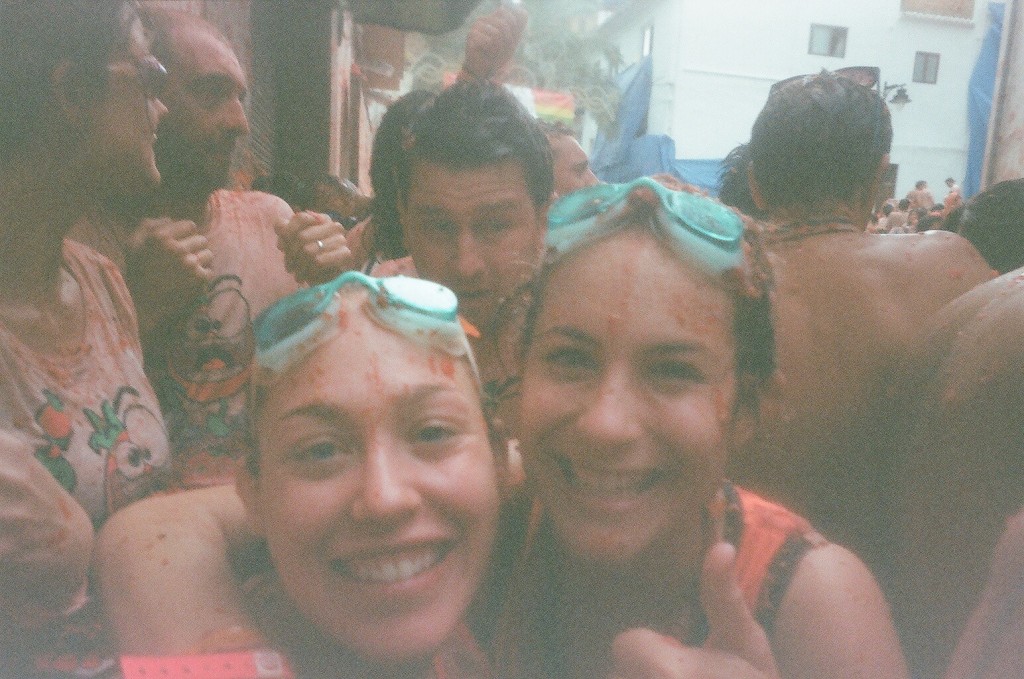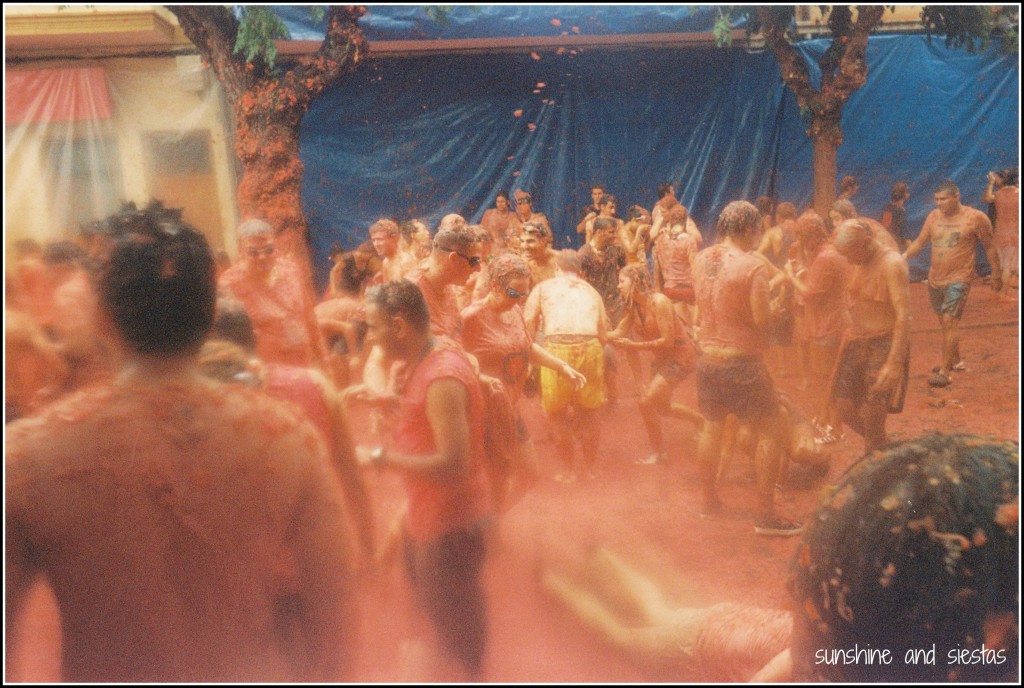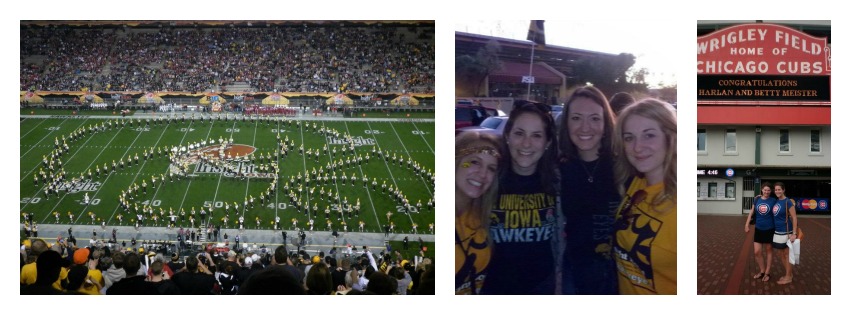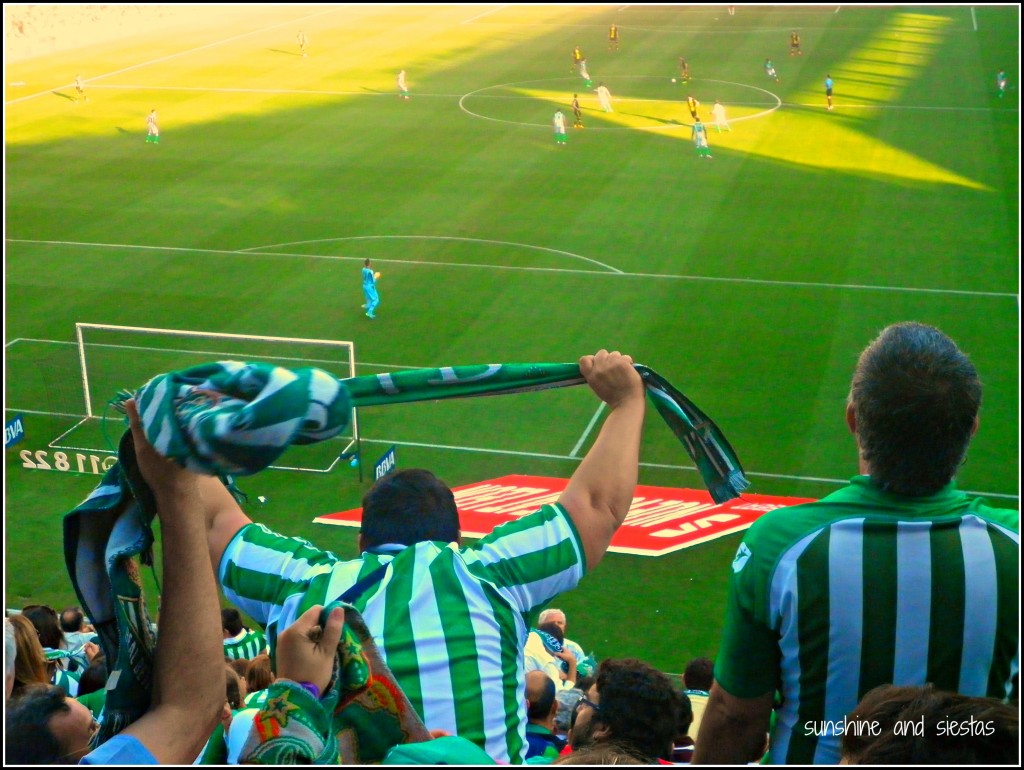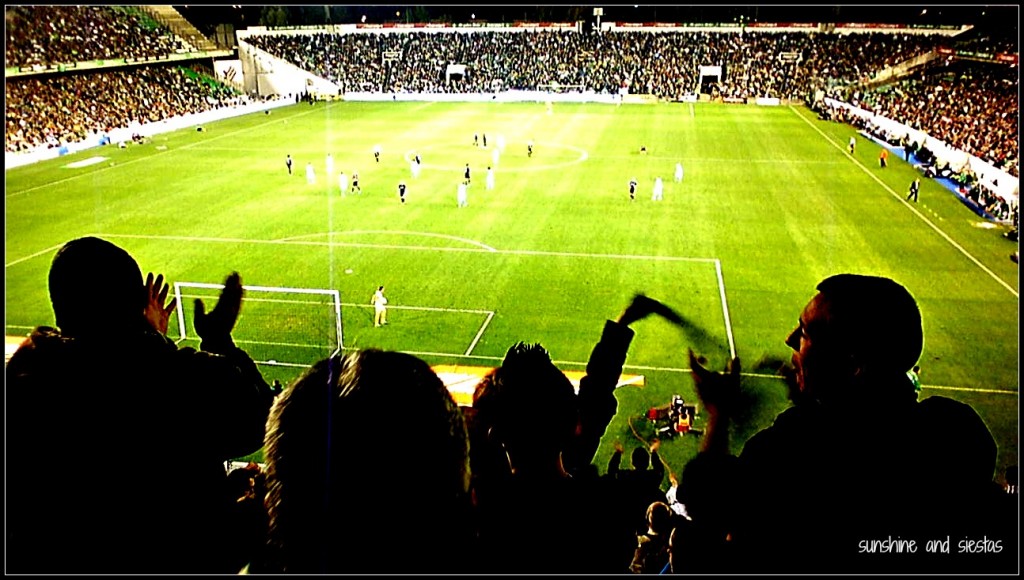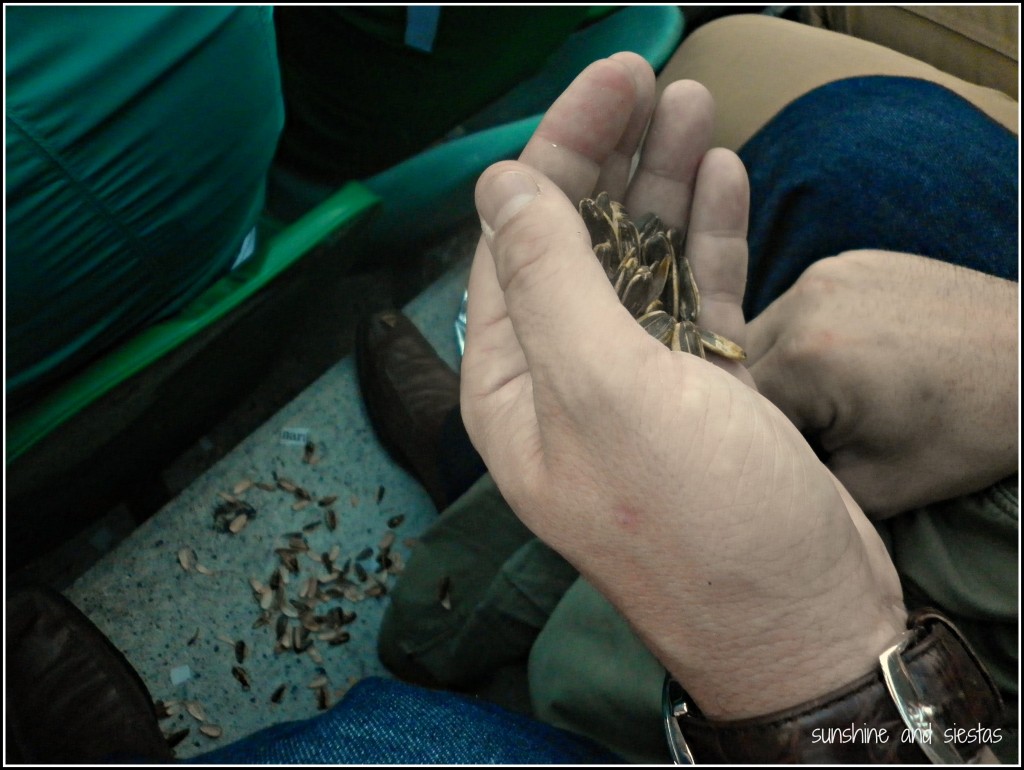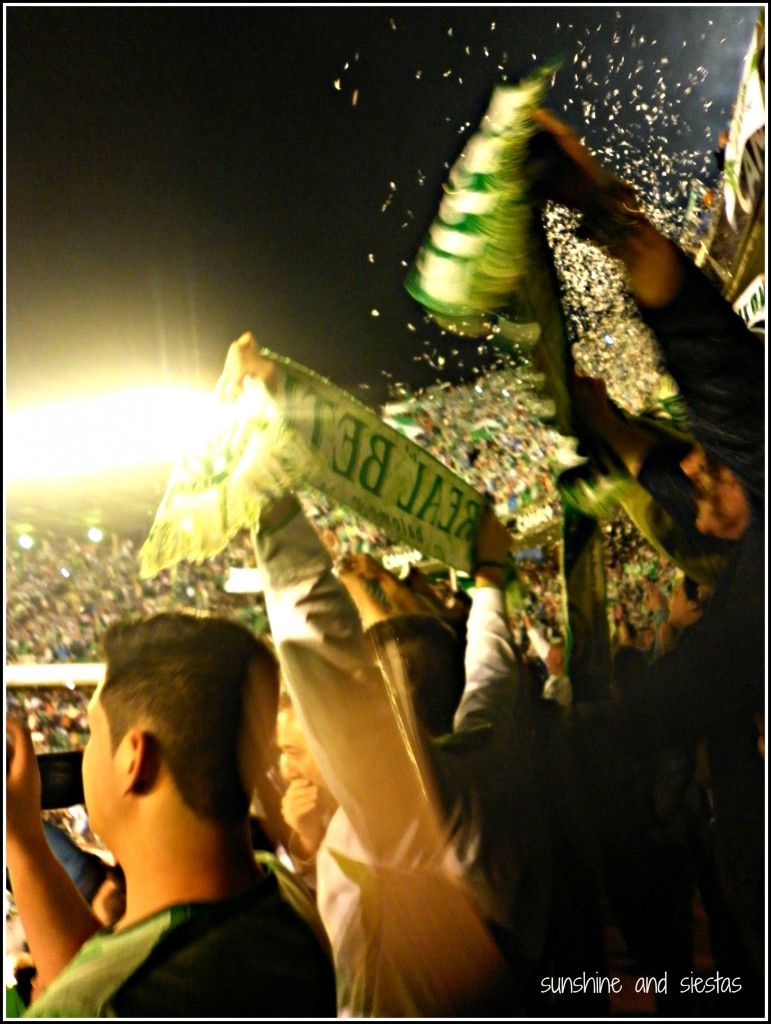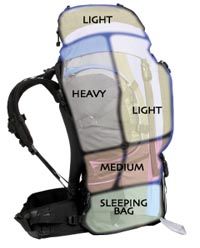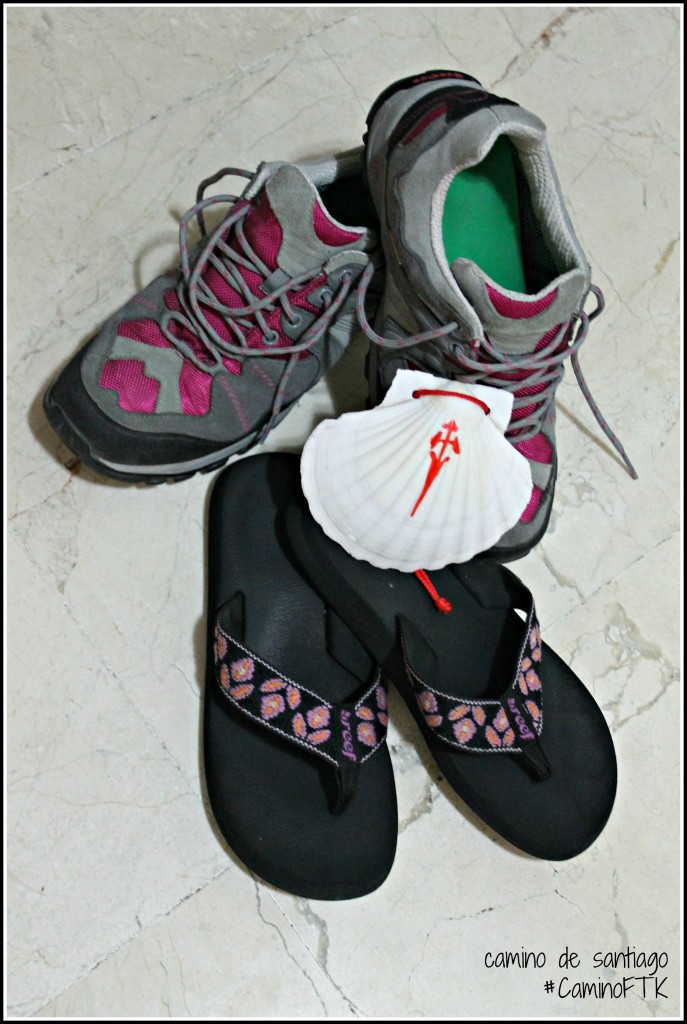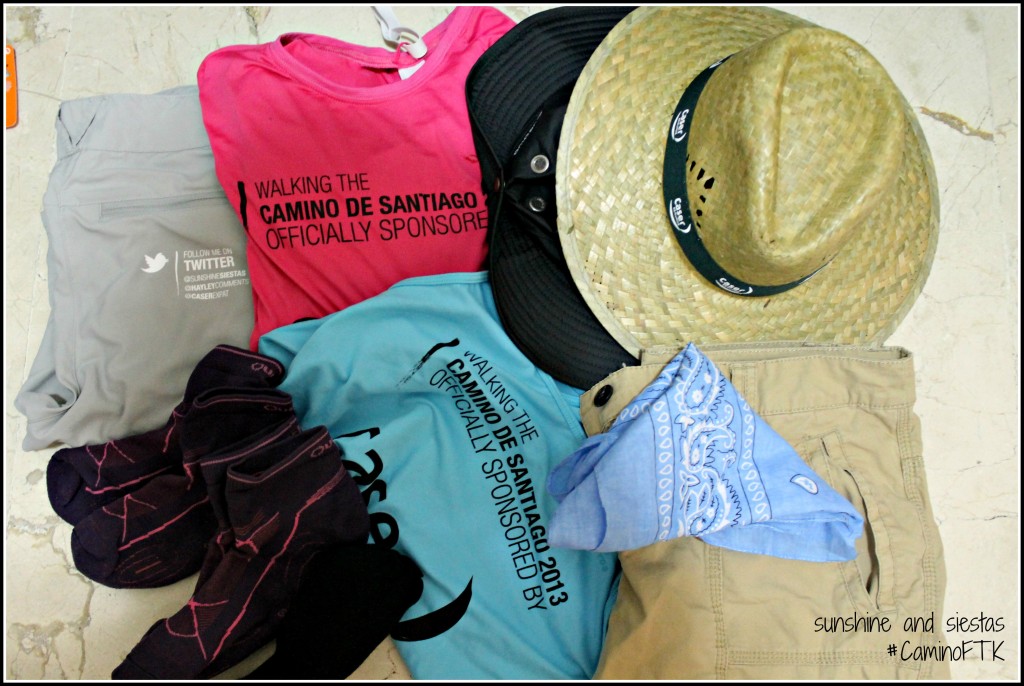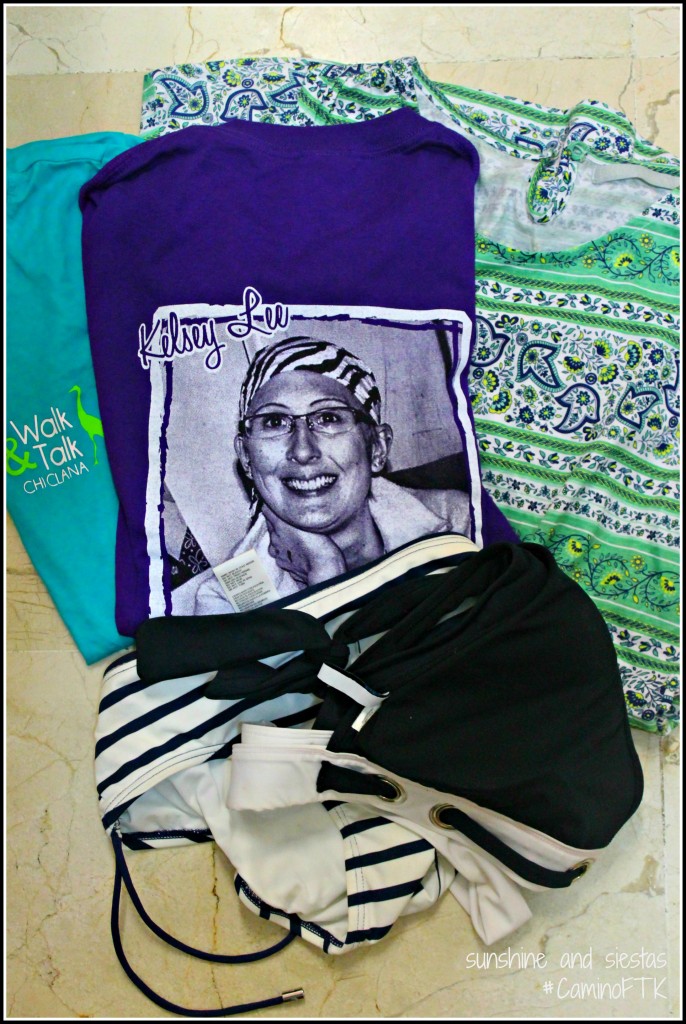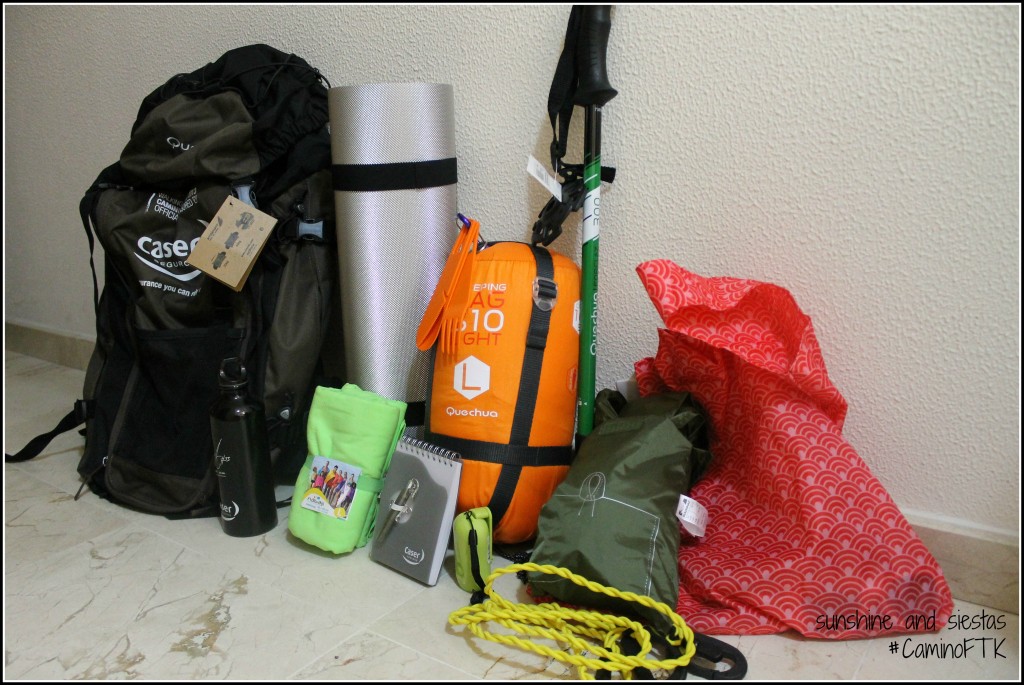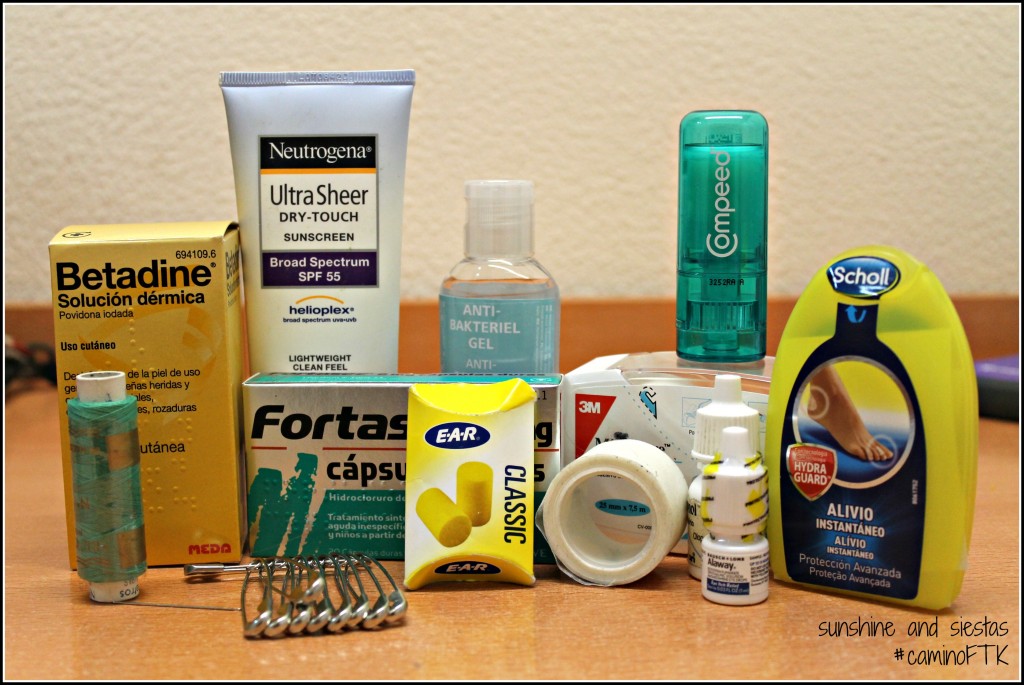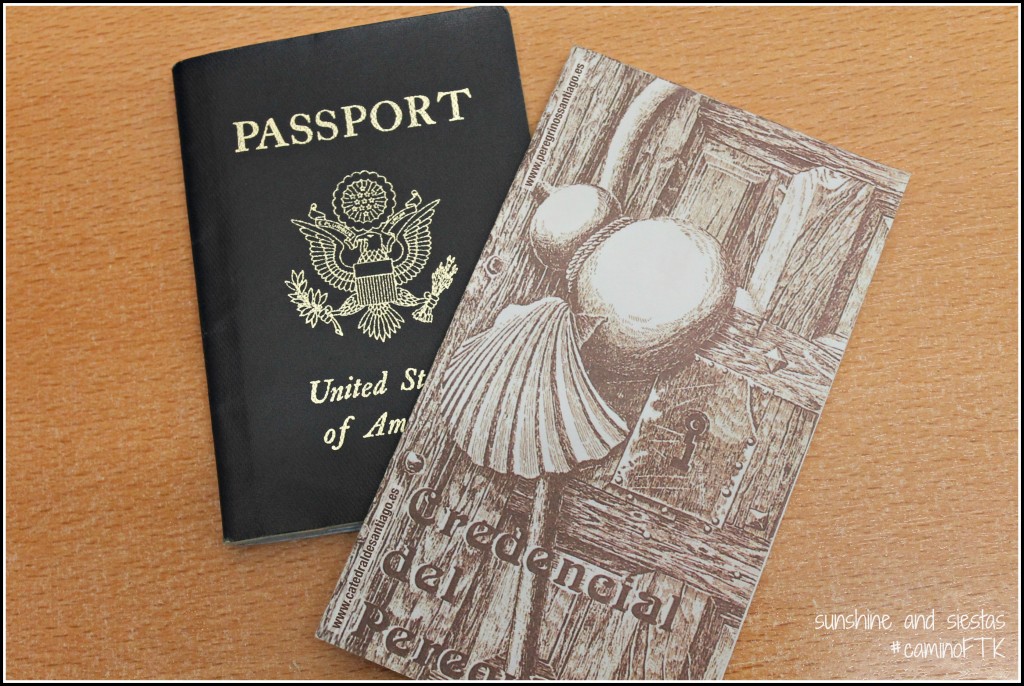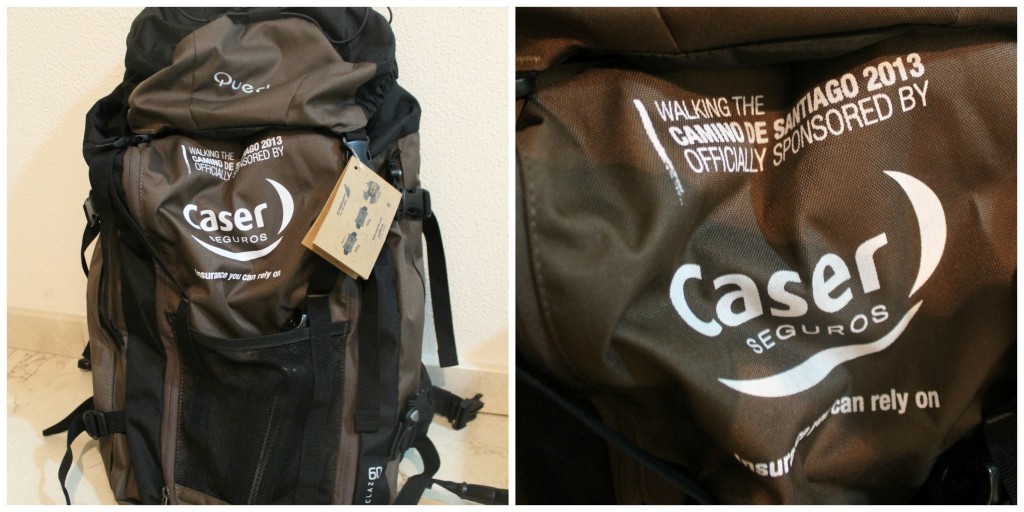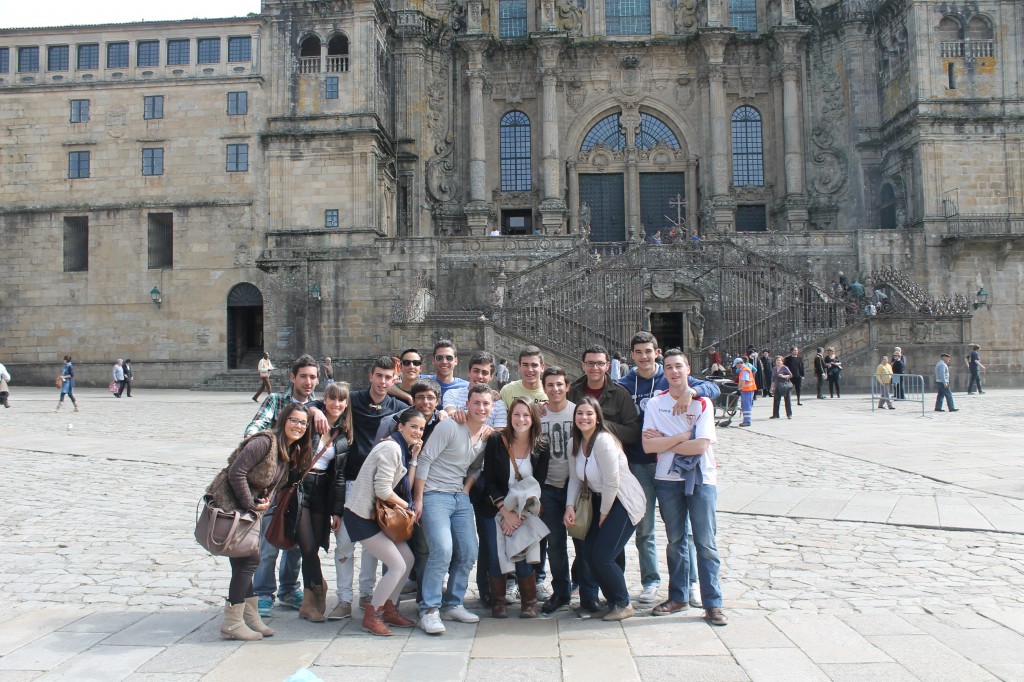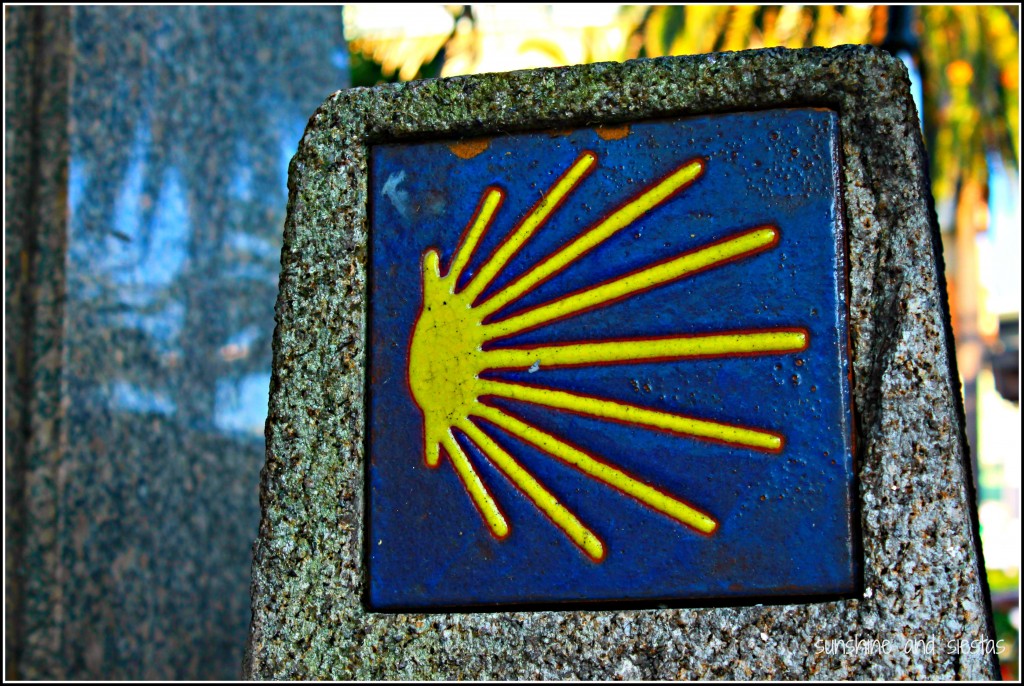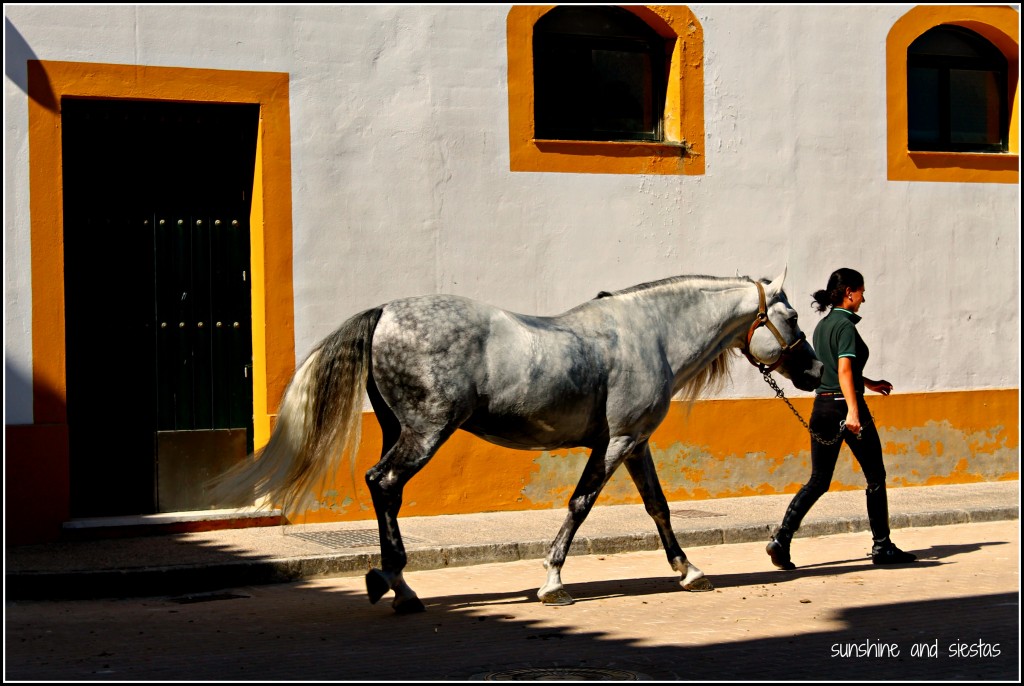There was already a chill in the air this morning. I dragged the blanket from the end of the bed up to my chin, falling comfortably into the dreamy-morning doze again after a packed weekend.
Saturday was another one of those perfect sevillano days – my morning café con leche stretched into a stroll around the shops became a pre-lunch beer followed by tapas and copas and ending the night at Carlos Kiss, 17 hours after I left my house. Unwilling to let go of the summer time and its long, sunny days, it seemed like the entire city took to the streets.
As the song says, el sol duerme in Triana, y nace en Santa Cruz, and the salmon-colored church of San Salvador acts as Seville’s solar clock. According to the time of day, the temple is lit in a different color, but none as lovely as the setting sun over Triana. Since the facade faces west, it catches the last bit of sunshine every day.
On this last warm weekend before Autumn hits, I brought a scarf and cardigan, but didn’t need it midday as we toasted to the end of summer in Salvador and a day with no rain. Soon, the rain will hit, my ganas to be in the street will fade, and we’ll stop making gazpacho every other day. But for one afternoon, the streets were ours.
